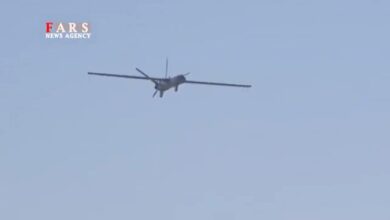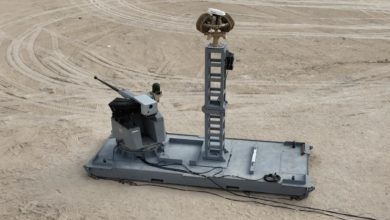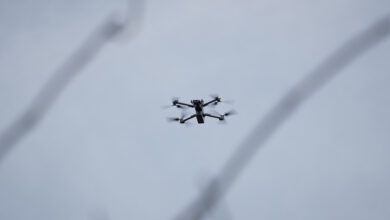The US Marine Corps is planning to procure three batteries of medium-range intercept capability (MRIC) systems.
The procurement, the cost of which has not been disclosed, includes 44 launchers, 1,840 Tamir missiles, and an additional 80 missiles for initial prototype deployment.
Raytheon will be awarded the sole-source contract, partnering with Israel’s Rafael to offer the system in the US.
The MRIC is partly based on the Israeli Iron Dome, developed and produced by Rafael and Israel Aerospace Industries.
Fielding in 2025
Following three live-tests in 2022, the service approved the system’s development and issued a procurement notice earlier this year.
The service wants three Marine wings each with an MRIC battery by the end of 2028, with the prototype fielding expected in 2025.
Medium-Range Intercept Capability
Trailer-mounted, the system detects, assesses, and intercepts a range of targets, such as cruise missiles, rockets, artillery, mortars, and drones.
The system is paired with the AN/TPS-80 Ground/Air Task Oriented Radar and Common Aviation Command and Control System.
A launcher can hold 20 Tamir interceptors, each of which features electro-optical sensors, a two-way data link to receive updated targeting data, and fragmentation blast warhead with proximity fuse.
The missile has a range of 4 to 70 kilometers (2.5 to 43 miles).
Deployment Expected in Indo-Pacific
Since the divestment of the HAWK system in the late 1990s, the Marines have been without a medium-range surface-to air capability.
Designed to defend fixed and semi-fixed sites, the MRICs’ deployment is expected to fill a “crucial capability gap in the Indo-Pacific’s contested theater,’’ according to Lt. Col. Matthew Beck.
“The MRIC system will leverage available surveillance radar and communication assets within the AO (area of operations) to enhance detection and identification of threats and improve situational awareness,” the service said.
“The system will be interoperable with other theater air and missile defense systems to facilitate a defense-in-depth against aerial threats.”












